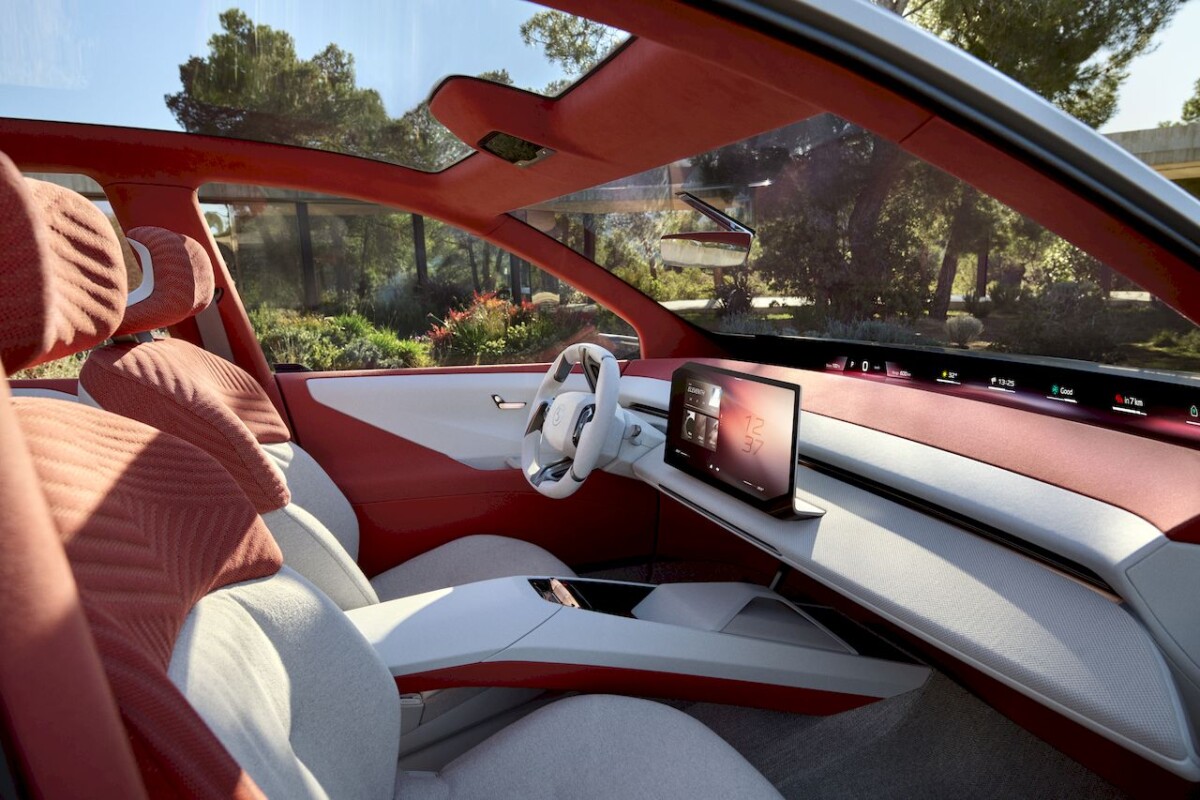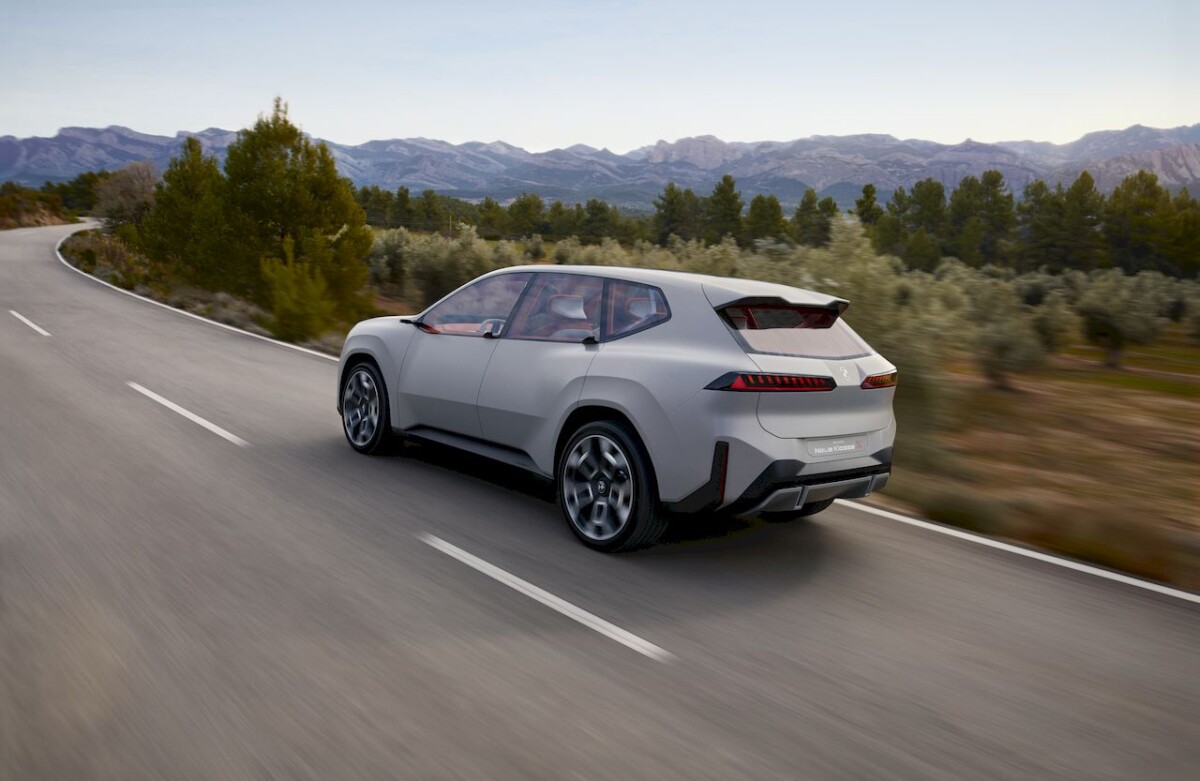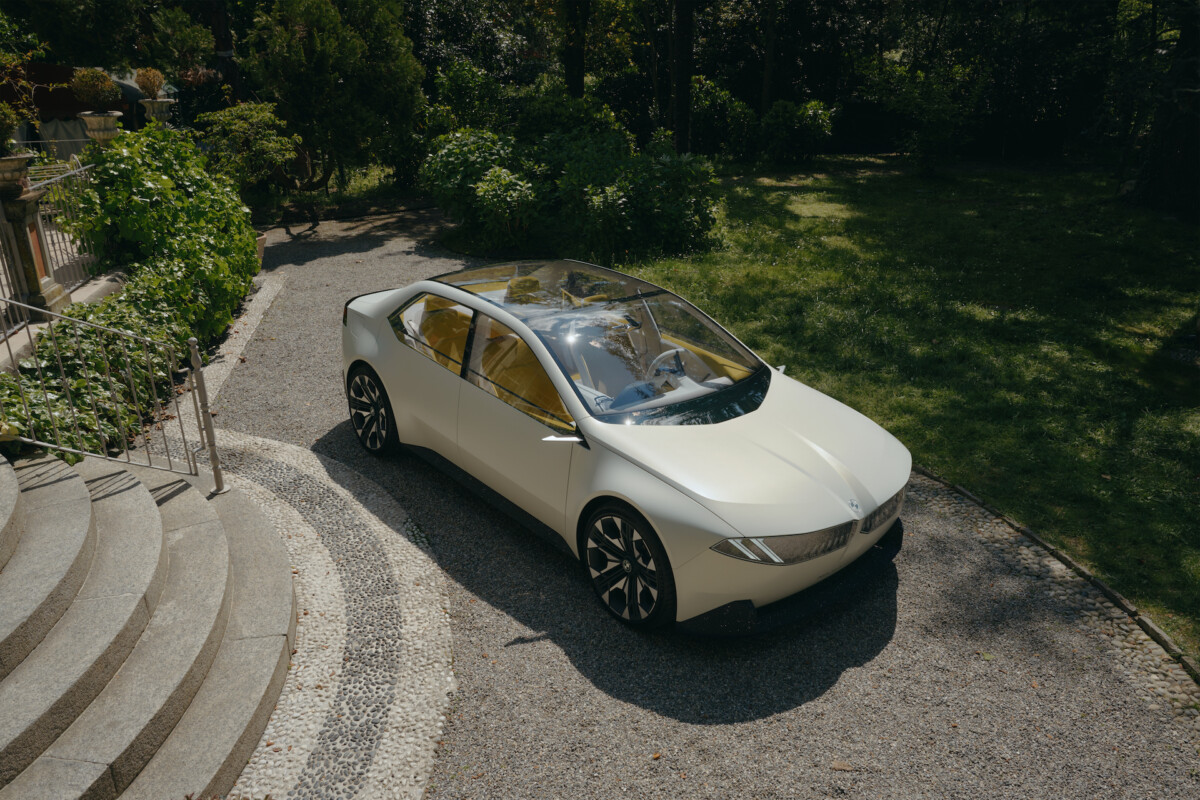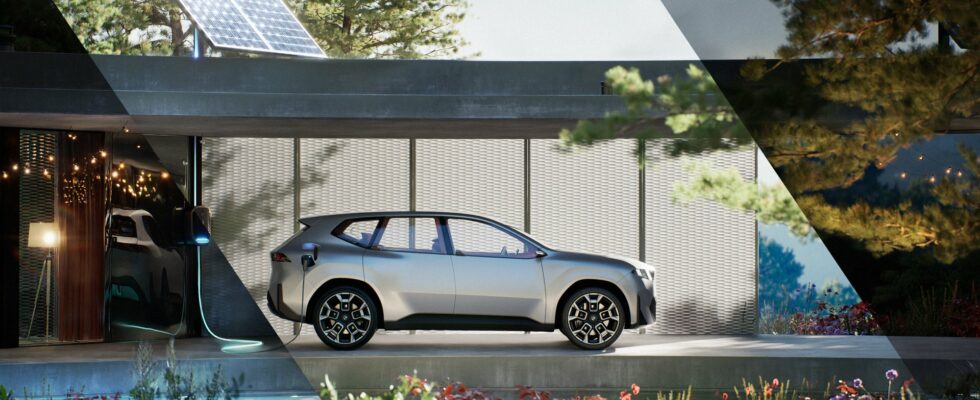In parallel with the presentation of its Neue Klasse X concept, BMW has just given some interesting information on its next electric cars. It has thus just confirmed the presence of a bidirectional load, capable of sending electricity back to the network, and therefore lowering your electricity bills. A system found, for example, on the new Renault 5 E-Tech.
We know: BMW is preparing a new family of electric cars, the “Neue Klasse”. After a first sedan concept in 2023, the German brand has just unveiled a second concept, the Neue Klasse X, an SUV which should arrive in 2025.
It was precisely during the presentation of this concept that the brand revealed some new elements of the production versions. A press release tells us that bidirectional charging will be there, and here are the very concrete benefits that you can get from it.
V2H + V2G + V2L
The “Neue Klasse” range, which will ultimately represent six 100% electric models, will therefore be entitled to V2H, V2G and V2L. Behind these barbaric acronyms hides the possibility of using the battery of these electric cars to power external systems.
The “V2L”, for “Vehicle to Load”, is the most widespread system currently. The idea is to supply objects with electricity via a small connector plugged into the car socket. You can connect DIY tools, a computer or anything that can plug into a domestic outlet.

More and more electric cars have V2L; even the little Dacia Spring has just received it! V2H (for Vehicle to Home) and V2G (for Vehicle to Grid) are, on the other hand, much less widespread.
In these two cases, the car becomes an electricity supplier for, respectively, its own house or even the local electricity network. You must then invest in a specific charging station (wallbox), capable of supporting this bidirectional charge, and even take out a specific energy subscription in the case of V2G.
Very concrete advantages
The reason is simple: the user will be paid when they inject electricity from their electric BMW into the network, and the energy supplier must therefore be able to price these exchanges.
The best example is the Renault 5 E-Tech, which will be the first electric car in France to benefit from V2G. We also have a file to explain this technology, which is still in its infancy. In all cases, these solutions offer advantages that are far from negligible.

For the consumer, this will allow them to lower their electricity bills thanks to V2G and to use their electric car as an “external battery” (a bit like Tesla’s Powerwall) for their home in V2H. This will be very useful if the house produces its own electricity (via photovoltaics, for example) or in the event of power outages.
In the case of V2G, this will also relieve network tension, particularly in the event of consumption peaks (in the early evening in winter, for example). In these cases, compatible cars will inject electricity into their neighborhoods, before recharging during off-peak hours, when the network is calmer (and prices lower).

The only question that may arise is the lifespan of the battery, which will have to multiply the charge/discharge cycles. The fact remains that the powers required should not be immense, enough to make the operation fairly painless for the car.
See you in 2025, therefore, to discover the production version of this Neue Klasse X, and take advantage of these three very practical features.
Want to find the best Frandroid articles on Google News? You can follow Frandroid on Google News in one click.
